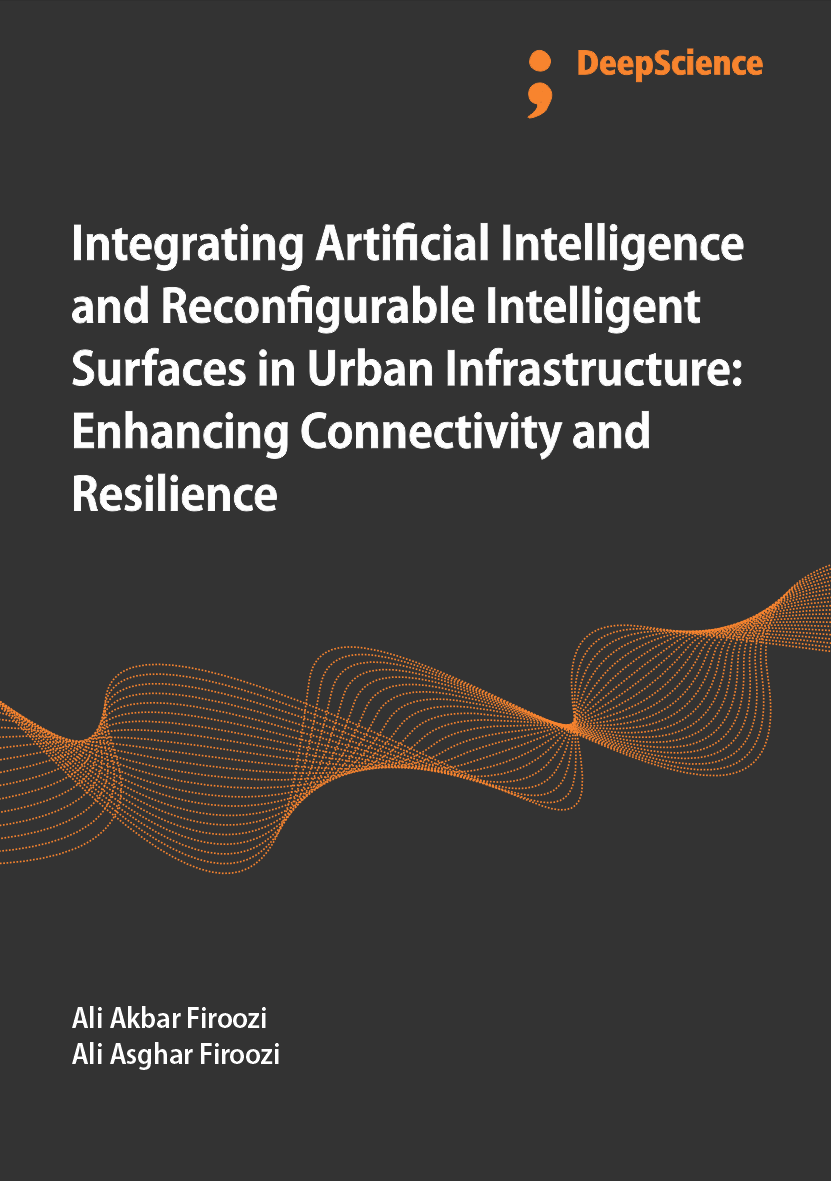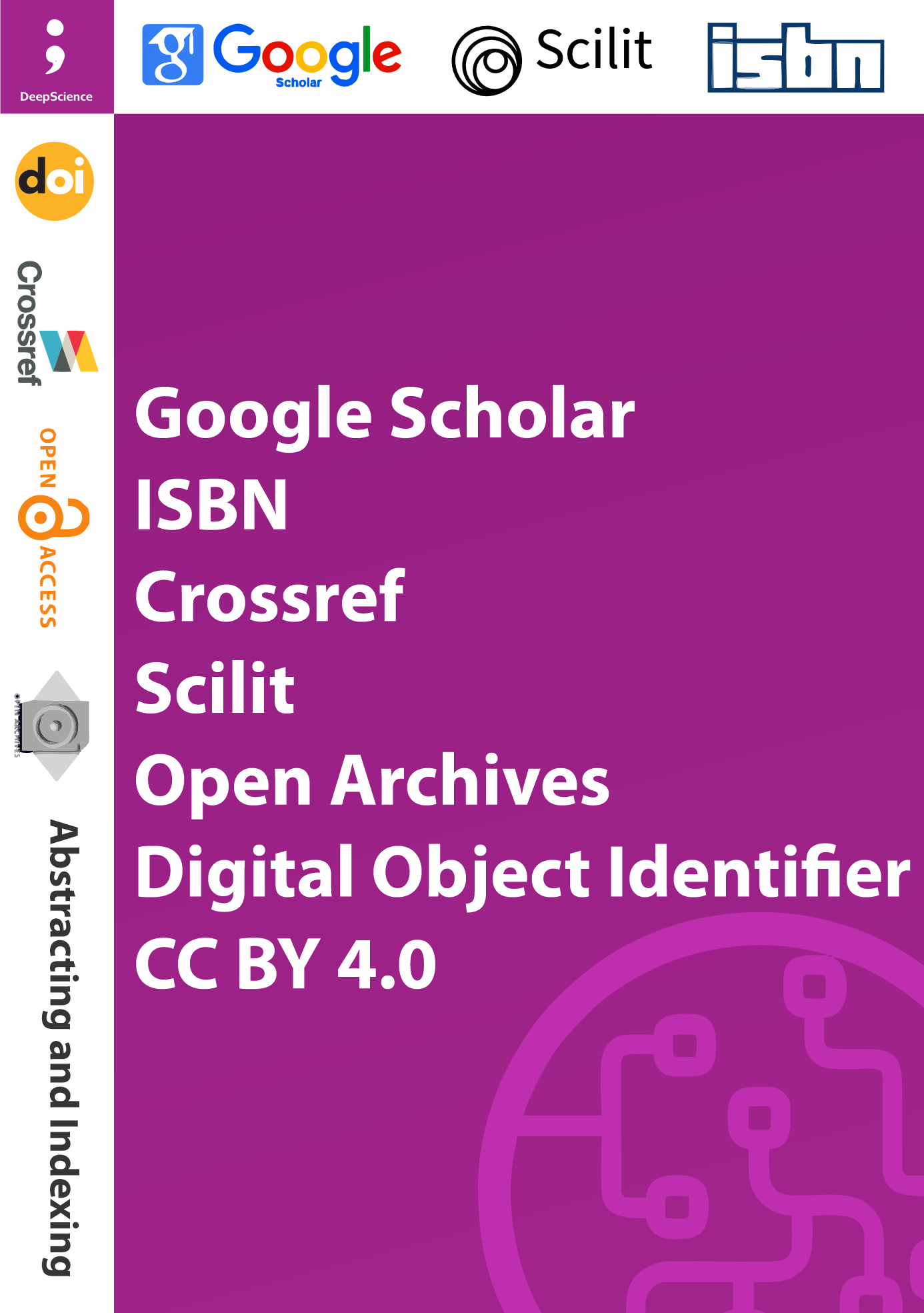Implementing artificial intelligence and reconfigurable surfaces in urban systems
Synopsis
Chapter 3 of the monograph meticulously presents the methodology used for integrating Artificial Intelligence (AI) with Reconfigurable Intelligent Surfaces (RIS) into urban infrastructure, forming a comprehensive framework for implementing and assessing these technologies. This chapter delineates the systematic approach taken from the technical setup and configuration of AI and RIS systems to the sophisticated analytical techniques used to evaluate their effectiveness.
The technical implementation details the strategic placement and integration of RIS panels throughout urban environments, particularly in areas plagued by poor connectivity or where high usage demands more robust infrastructure. AI systems are finely tuned to manage these panels, dynamically adjusting to real-time data concerning environmental changes, network traffic, and specific urban events, ensuring optimal performance. This section highlights the complex coordination required with existing city infrastructure and the adaptable, scalable nature of the technology to fit within the evolving urban landscape.
Furthermore, the methodology encompasses advanced analytical tools and models to rigorously assess the impact of AI-enhanced RIS on urban infrastructure. Employing software like MATLAB and Python, along with GIS for spatial analysis, the study intricately models how RIS modifies electromagnetic fields to improve network performance across varied urban settings. Additionally, machine learning algorithms are employed to refine RIS behavior continuously, illustrating a practical application of AI in managing city-scale communication networks.
The chapter also introduces a case study approach that provides real-world insights into the deployment of these technologies, offering a detailed examination of their application across different urban scenarios. This approach not only illustrates the practical challenges and successes encountered but also reinforces theoretical models with empirical evidence, enhancing the credibility and reliability of the research.
Overall, Chapter 3 lays down a solid foundation of the methodologies employed, emphasizing the blend of technical precision and analytical rigor required to advance AI and RIS integration in urban infrastructures. It underscores the potential of these technologies to significantly enhance urban connectivity and adaptability, setting a benchmark for future implementations and studies in the field.
3.1 Implementation Framework
The implementation framework for integrating Artificial Intelligence (AI) with Reconfigurable Intelligent Surfaces (RIS) in urban infrastructure projects is a cornerstone of this monograph, setting the foundation for understanding how these technologies are applied in real-world settings. The framework delineates the technical setups and configurations necessary to harness the full potential of AI-enhanced RIS, ensuring that the technology not only fits within the existing urban infrastructure but also optimally performs its intended functions.














